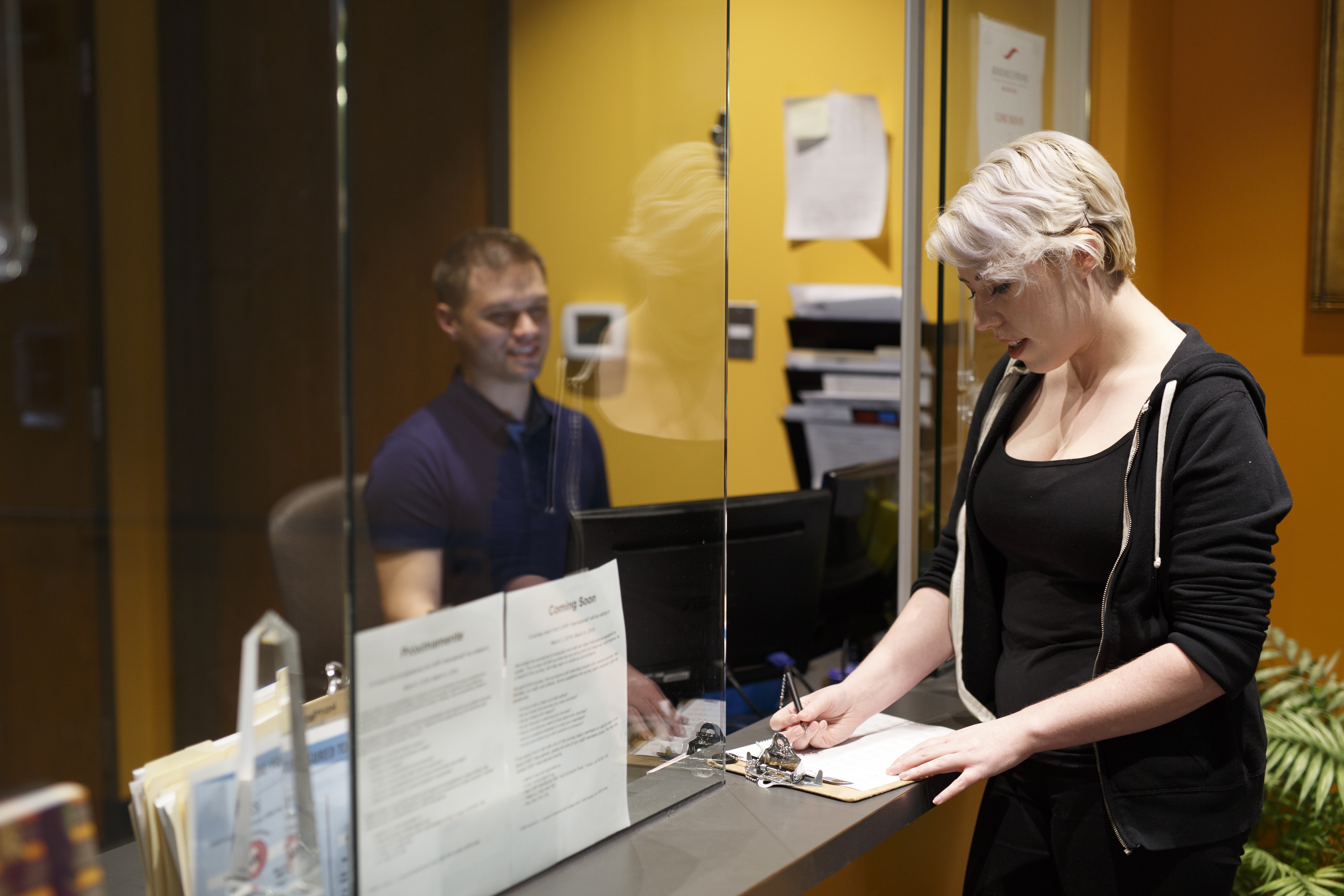Equitas Health is a not-for-profit healthcare system that largely supports members of the LGBTQ community in 11 cities in Ohio, Kentucky, and West Virginia. Equitas operates at the intersection of healthcare and social service with a full-service pharmacy that reinvests 100% of profits back into its programs and services. The organization unites various initiatives to meet its expanded mission:
Equitas Health is the gateway to good health for those at risk of or affected by HIV/AIDS, for the LGBTQ community, and for those seeking a welcoming healthcare home.
The Opportunity
Equitas Health has grown rapidly in the past few years—currently, it serves nearly 60,000 individuals annually through a diverse array of programs and services. As the organization grew, it saw an opportunity to elevate its major giving program.
This initiative not only included building the right team with the right skillset (Benefactor Group helped Equitas find two great development leaders), but also ensuring that Equitas’s systems were as good as its people. Equitas engaged Benefactor Group to help define its strategic needs and prepare its fundraising CRM system to support strategies to grow and serve more people.
The Approach
Objectives First
Benefactor Group first worked to build an understanding of the organization’s and development team’s goals. Through a series of workshops and one-on-one meetings, Benefactor Group consultants guided Equitas Health’s staff through exercises to create a strategic fundraising revenue and expense budget, as well as a development plan with metrics. The planning focused on both a “top-down” and “bottom-up” approach to goal setting. The “top-down” approach identified an aspirational goal and defined the actions necessary to reach that goal. The “bottom-up” approach reviewed historical performance and determined what Equitas Health could accomplish with a forecasted number of gifts, donors, and staff.
Set up the Systems
Once the objectives were identified, Benefactor Group worked with the development team to configure its CRM system, The Raiser’s Edge. A fundraising CRM system is only as good as its ability to answer questions. Examples of these questions include:
- Are the right prospects in portfolios?
- Where are our prospects in their lifecycle (e.g., cultivate, solicit, steward)?
- How long have our prospects been in a particular stage?
- What activities are taking place each month? Are they effective?
- What is the right goal for our major gift officers?
- How engaged are our prospects?
- What are appropriate ask amounts?
The fundraising system had to be set up in advance to answer those particular questions. The Raiser’s Edge is a common tool, but it needed to be tailored to fit the organization—to know what to measure that is meaningful to Equitas. This meant creating a custom code structure (campaign, appeal, fund, gift codes, attributes, ratings, solicitor relationships, proposal fields, etc.).
Define the Reports
In addition, Benefactor Group partnered with Equitas Health’s leadership, fundraising team, and finance team to identify the reports needed to monitor and manage performance. Just like with the code schema, it was important to know what reports Equitas needed before implementing a new system. Equitas chose to start with a few key reports; as time passes, the team will become familiarized with these reports, and if necessary, add more. Future reports could include:
- Portfolio Status. A Prospect Manager’s portfolio, arranged by lifecycle. It shows how many prospects are in each stage for a PM.
- Pipeline. A list of all proposals grouped by status. It also includes a forecast based on expected amount over time and how that number compares to the goal.
- Capacity and Affinity Matrix. A count of the number of prospects on an X/Y axis, arranged by capacity and affinity. This report can also be used to identify unassigned prospects with high potential, or vice versa.
- Solicitor Activity. A Prospect Manager’s activities over time (e.g., moves made, asks made, stewardship).
Training and Support
As the last step in the process, Benefactor Group worked with the administrative and fundraising teams to roll out the new approach. This was done in a group setting, and also included one-on-one support. The training laid the foundation and established a common understanding that empowered the development team to continue to support one another as they learned to use the new system—to try, learn, adjust, and grow.





